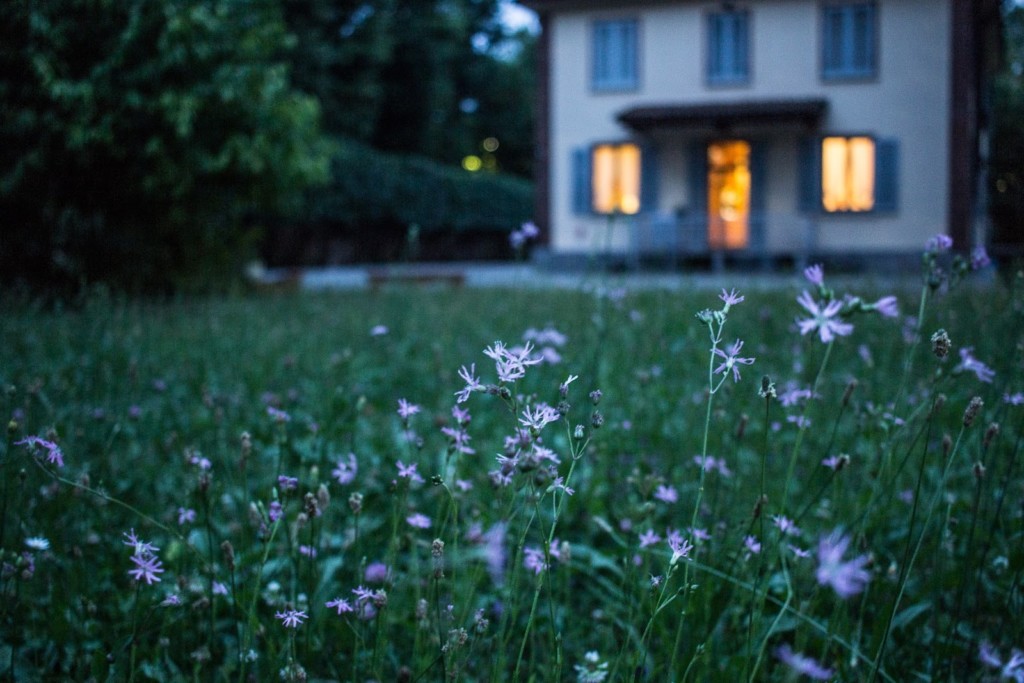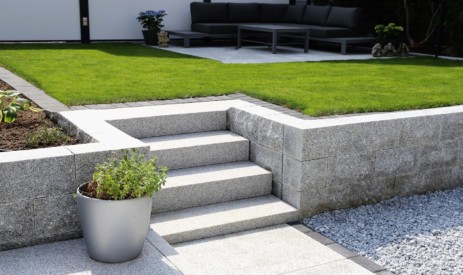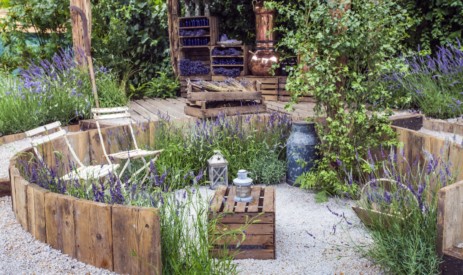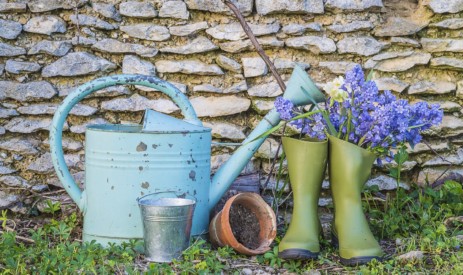7 Garden Design Ideas
Is it time to turn your overgrown backyard into a garden dreams are made of? We have some DIY tips and tricks to get you started…
First, think about what you want to create
An outdoor play area for the whole family to let off steam? An elegant al fresco setting for dining with friends? A green space in which to get creative? A chill-out zone under the sky?
To make your blurry garden ideas a reality you’ll need two things – inspiration and planning.
1. Get inspired – by a bit of research
Inspiration for garden design is all around us. There are so many online platforms you can use for all kinds of inspiration. Check out Instagram, Pinterest and garden bloggers like Growing Family and The Planthunter.
Another way to get inspo for your dream garden is to hit the streets and visit public parks and green spaces (this online guide from Great British Gardens has over 500). Take a stroll around and figure out which kind of environment you are drawn to.
Call in for a cup of tea and a chat with a friend who’s been working on their garden. Start up a conversation with a green-thumbed neighbour – locals can be a great source of information about which plants work in your area and also planning regulations which affect gardens. Pinch some of their ideas and make them your own.
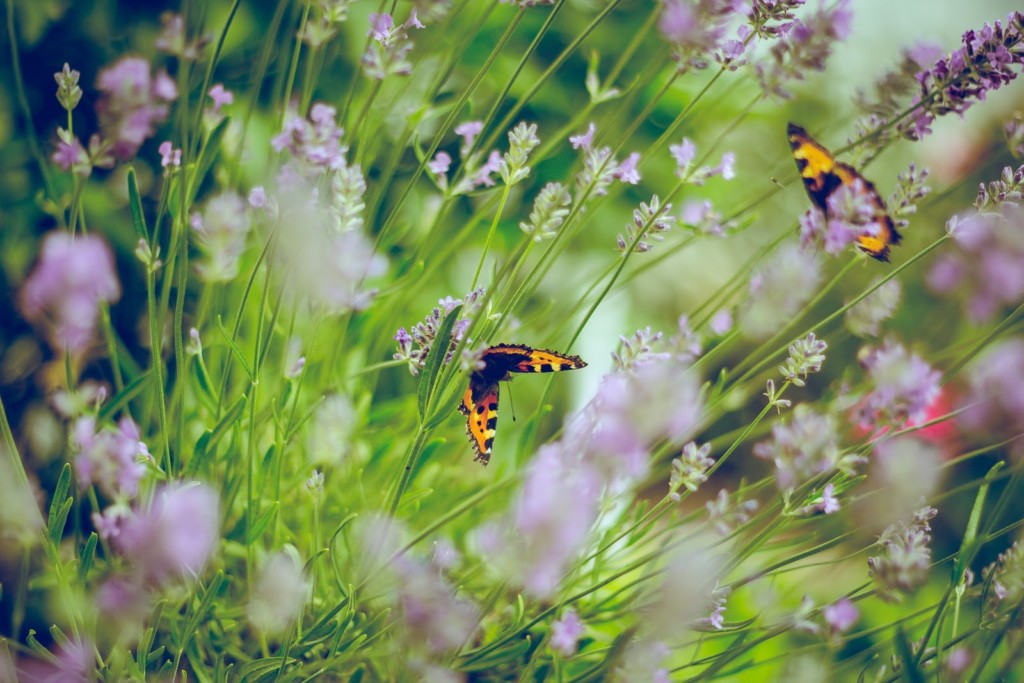
2. Get planning: lay the groundwork and suss the soil
Draw a sketch of your current garden, using a tape measure to take accurate measurements of all its basic dimensions and components, including any fixed structures. Measure the rise and fall of your garden with a free laser level app – the app will help you measure the difference in height from the highest and lowest points.
Rent a cable avoidance tool (CAT) to find out where pipes or cables are and mark their location – if you’re landscaping you’ll want to avoid them and not block access to them. This is super important if you’re doing it yourself without the supervision of a professional.
Good soil is crucial for a healthy garden, and knowing about yours will help you decide which plants to grow. To give new plants their best chance to thrive, invest in the best grit, soil improver, topsoil, mulch and any other improving products that you can. Soil can also be important for landscaping projects, as some are harder to work with than others.
(Hot tip: the MY SOIL app from the British Geological Survey, allows you to check the soil in your local area)
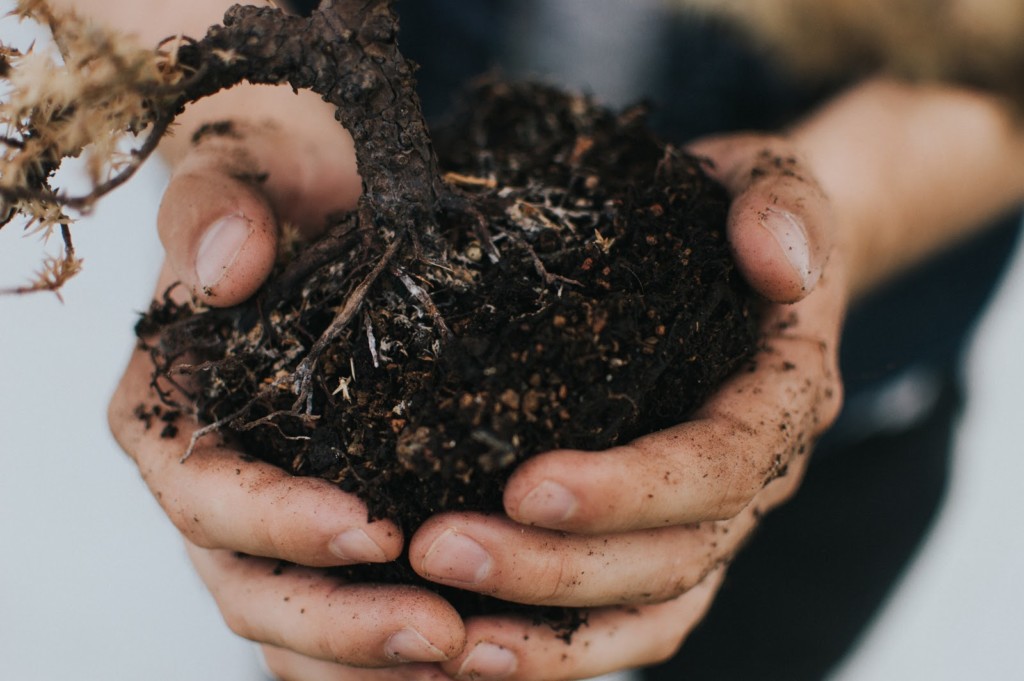
3. Garden design ideas for smaller spaces:
- Choose plants that won’t grow to be enormous – and overwhelm their neighbours
- Potted plants are a quick and easy way to add splashes of colour
- Choose plants with a complementary colour scheme to create a balanced and unified look
- Place plants at different heights via hanging baskets, raised garden beds, or climbing trellises
- Create evening intimacy with wall lanterns, string lights around fences & trees and portable lanterns
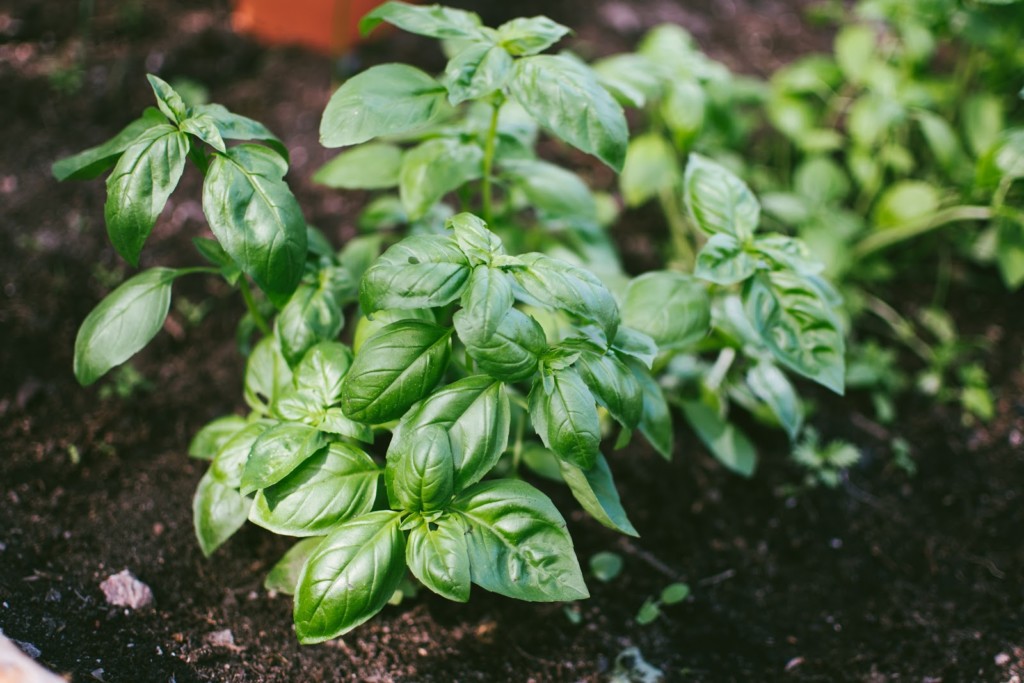
4. Garden design ideas for families
- Choose plants (like flowering herbs) that encourage butterflies, ladybirds, bees and other insects into your outdoor patch
- Don’t pick plants that are toxic, thorny or prickly
- Don’t pick plants with inedible berries or fruit that a child may eat
- Hang up a bird feeder, filled with nuts and seeds
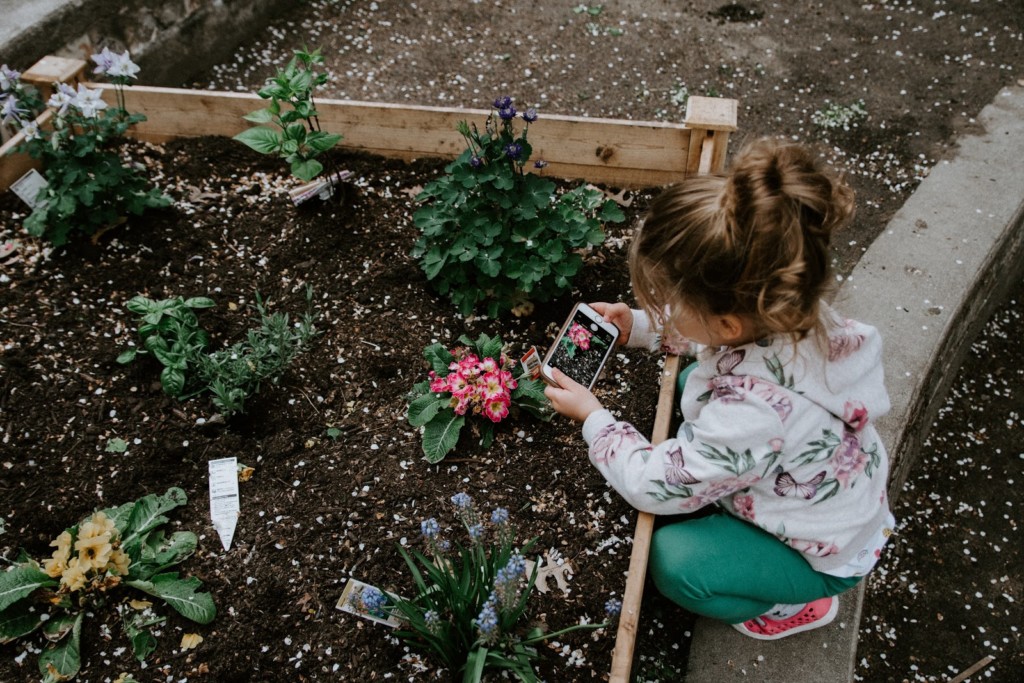
5. Garden design ideas for the style-conscious
- If you’re after a sleek contemporary garden, think landscaping – natural stone paving, timber decking, or even coloured gravel (the latter two can be DIY–ed)
- Evergreen grasses like bamboo look elegant and can be grown in the ground or in containers.
- Plant rosemary – an evergreen herb with purple/blue flowers from mid-spring to summer that will attract bees and butterflies
- Plant Japanese maple – a beautiful deciduous tree small enough to be planted in a pot or in the ground. Its coloured leaves change from deep bronze to bright red to lime green
- Plant wisteria over walls, pergolas, trees or freestanding. It has a woody stem and fragrant, pea-like flowers in lavender/purple
- Keep lighting and furniture minimal
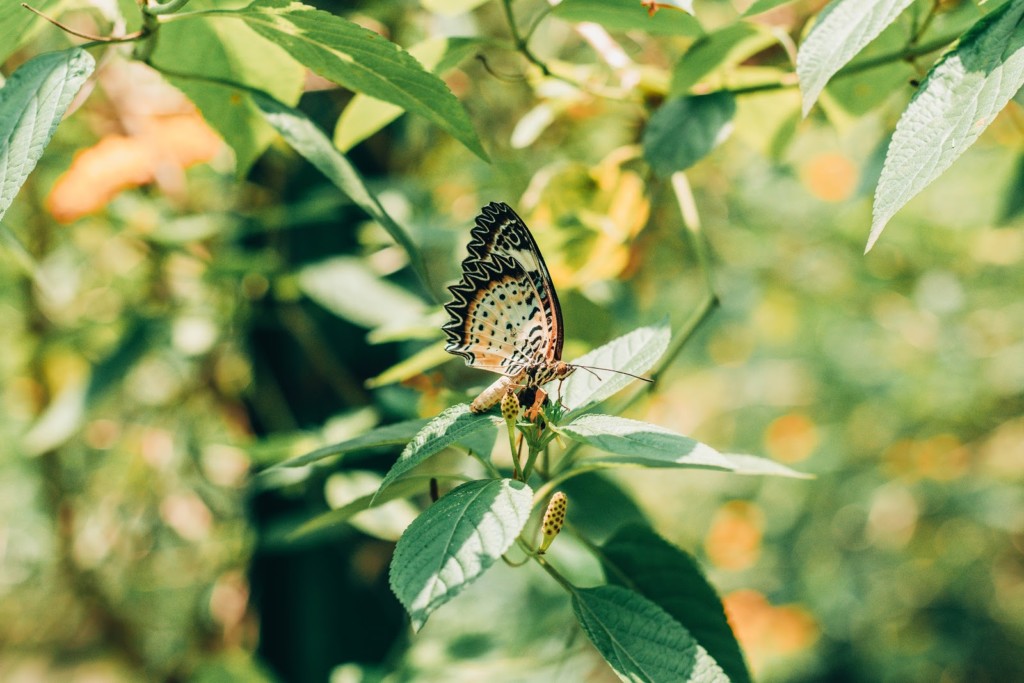
6. Garden design ideas for those who like to chill out
- Plant hedges, trees, screening, fencing, walls or trellis to create a sense of privacy and seclusion
- Create a relaxed, boho vibe with string lights, tea light candles and lanterns
- Grow a lush lawn or buy some soft turf
- Choose a mixture of evergreens and low–maintenance perennials which only require occasional pruning
- Plant for colour therapy: opt for flowers in calm blues, whites, silvery greys, soft yellows and soft pinks – and avoid bright clashes – for maximum harmony and tranquillity
- Plant for aromatherapy: grow fragrant (and delicious) herbs like rosemary and thyme, along with lavender, clematis, honeysuckle and jasmine
7. Garden design apps we recommend
A good tool for plant identification is SmartPlant: Identify & Care (and, it’s free!)
If you’re wanting to grow your own food, you’ll find simple–to–use garden design tools on Garden Plan Pro (£7.99 on the App Store)
You can plan your outdoor space in augmented reality with iScape: Landscape Designs (paid subscription packages; Apple)
A relaxing garden app for the absent-minded gardener is Plant Alarm (also free), which will remind you when different plants need watering, because we can all be a little forgetful sometimes…
